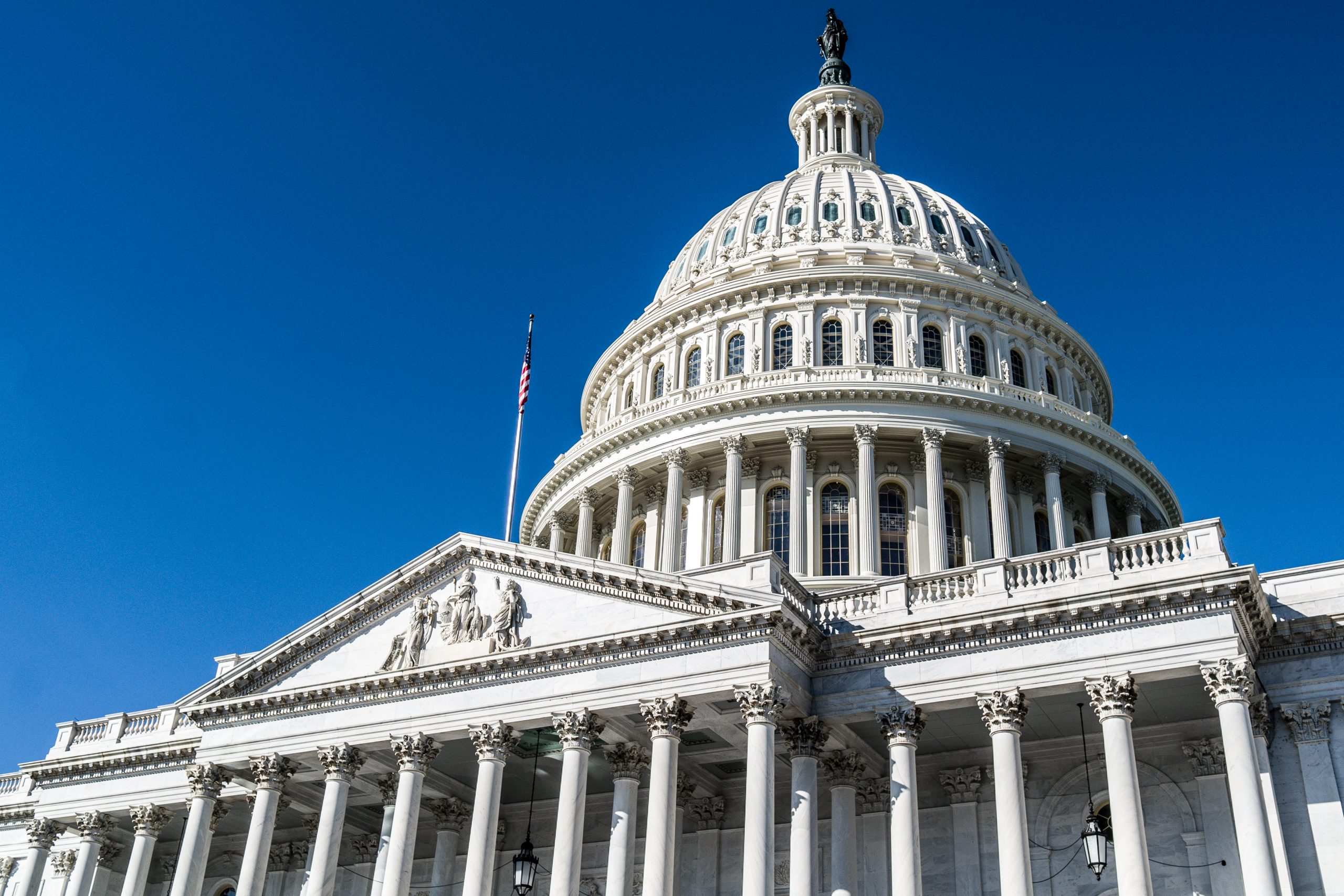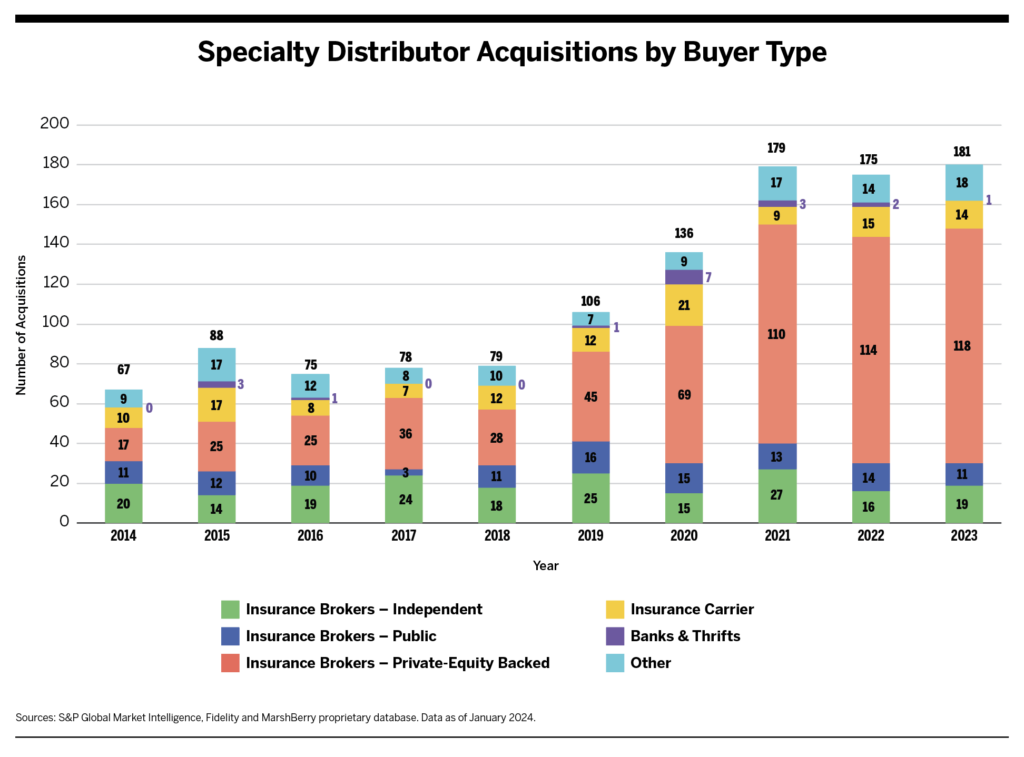
COVID-19 Stimulus Packages & What’s Ahead: A View from The Hill

How does a country with over 327 million people respond to a pandemic? We’re about to find out.
Like the rest of the world, the United States is in uncharted territory. Not only do we have an unfamiliar virus to protect ourselves from, but we also have a 24-hour news cycle, abundant social media platforms, and a shortage of medical supplies. To say this is the stuff of movies (or a cable series!), doesn’t quite cut it; this is real life, and it’s scary. This is exactly why we have the federal government: to help us in times of absolute disaster.
Earlier this month—March 6 to be exact—President Trump signed into law HR 6074, the Coronavirus Preparedness and Response Supplemental Appropriations Act of 2020. This House-led bill provided $8.3 billion for federal agencies to response to the COVID-19 outbreak and freed up $7 billion for the Small Business Administration (SBA) to make loans. Just as Italy was about to place 60 million citizens on lockdown, the U.S. passed its first response.
HR 6074 appropriated approximately $3 billion to the Centers for Disease Control (CDC) and the National Institutes of Health (NIH) to “prevent, prepare for, and respond”; an additional $20 million to the Small Business Administration (SBA) to hand out loans to cash-strapped small businesses; $435 million to the United States Agency for International Development (USAID) to help other countries respond; and additional money in the form of grants to state, local, and tribal governments. Looking back, most of us thought this was enough; throw a couple of billion dollars at something and it goes away.
Then, on March 11, the World Health Organization declared the outbreak a pandemic.
On March 13, President Trump declared a national emergency, businesses prepared their employees to work from home, and we ran out of toilet paper.
By March 18, President Trump had signed into law a second funding package that focused on the millions of people out of work because their place of employment shut its doors or they had to quit and stay home to care for their children when daycare or school closed. According the U.S. Bureau of Labor Statistics, there are over 80 million minimum wage workers in the United States, and those minimum wage workers are not guaranteed employment. So, sending them home without the ability to find any other employment isn’t an option.
This second phase of funding provided paid sick leave, free COVID-19 testing (though we’re critically low on tests), expanded food assistance and unemployment benefits, and required employers to provide additional protections for healthcare workers. Thinking this was going to be an answer more than a Band-Aid, the legislation—HR 6201, Families First Coronavirus Response Act—gave tax breaks to employers for expanding paid leave (only 12 states and D.C. provide paid sick leave in the U.S.). Unfortunately, these tax breaks and benefits only help employers with under 500 employees. There are certain workarounds, but there is a huge concern that big employers (think big box stores and grocery chains) won’t be helped.
As we still deal with the details of how Phase 2 really works, Phase 3 emerged. The biggest funding bill in American history: $2 trillion dollars. Not even 30 days ago many thought this would be like the seasonal flu and we were moaning about our cancelled travel plans and lost money. However, the seriousness of our reality has hit us. We are facing astronomical infection rates and closed businesses that can’t afford to pay rent or their employees. Phase 3 is triage, but we’re cauterizing wounds with our eyes closed because we’ve never done this before.
The Senate reached a deal in early hours of March 25 and finally voted on the package 12 hours later. For the past several days, the White House and Senate have been working on a package that helps everyone and everything. One of the solutions we have seen not only from the federal government, but from the states as well, was to simply make insurance carriers pay out on Business Interruption (BI) claims. What federal and state legislators and their staff have failed to realize is that insurance carriers have not been collecting the premiums to reflect this pandemic BI coverage. Unfortunately, there is a reason pandemics are excluded from BI coverage: it’s too costly for business owners.
Phase 3 provides recovery checks to most taxpayers, providing cash immediately to individuals and families. Individuals are eligible for checks up to $1,200 and married couples filing jointly are eligible for checks up to $2,400, with an extra $500 for each child. People with no income and/or only Social Security income are eligible. Unemployment benefits are expanded to the self-employed, independent contractors, gig workers, and others (this is new). The bill provides additional benefits to each recipient of unemployment insurance for up to four months and an additional 13 weeks of unemployment benefits after state benefits are no longer available.
As we get Phase 3 signed into law (hopefully by the weekend—at this time, the House still needs to vote on it, and it’s in recess), we look to the future: Phase 4. Maybe Phase 4 will include some technical corrections to solve for the unforeseen consequences of spending and passing out $2 trillion dollars in one week. We will also get ready for the potential of a Pandemic Risk Insurance Act (PRIA) modeled after the Terrorism Risk Insurance Act (TRIA). There’s certainly appetite for something like TRIA, but the devil will be in the details, because covering one incident of terrorism is very different than covering a pandemic that spans the globe.




